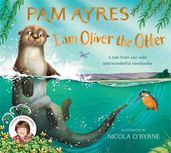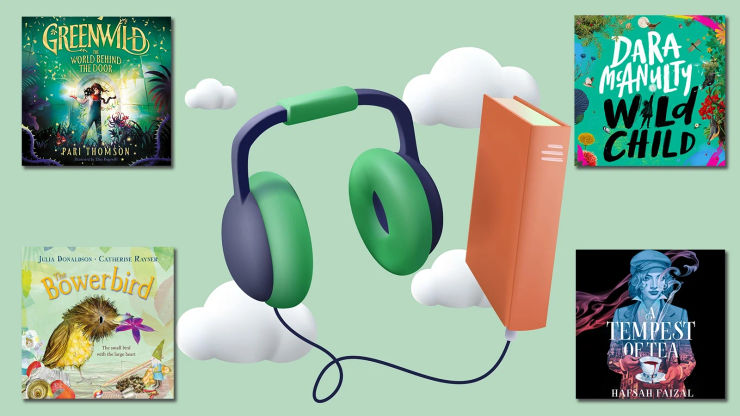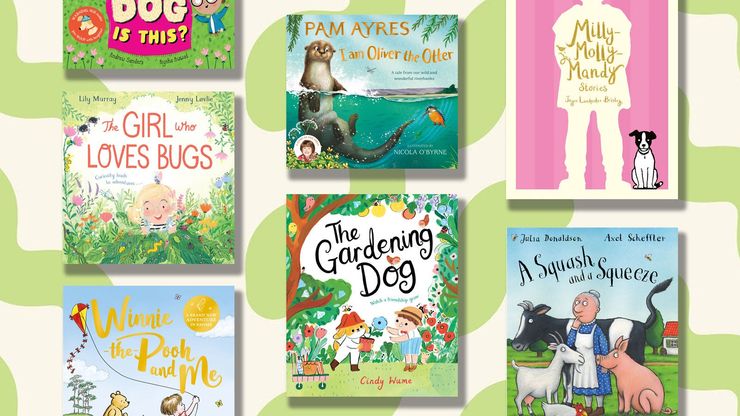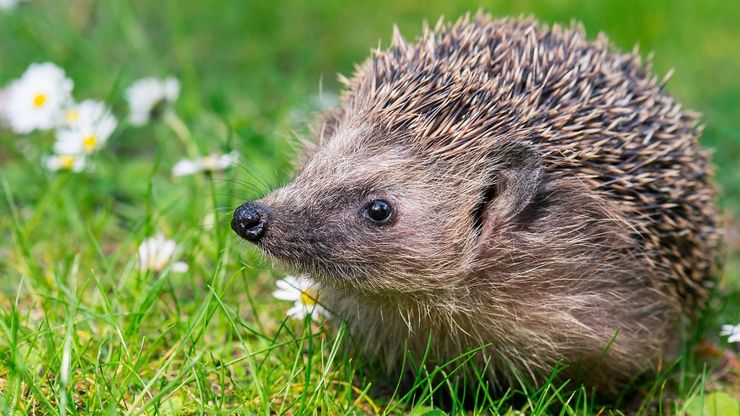Pam Ayres
Pam Ayres was born in Oxfordshire, and has been a writer, broadcaster, and entertainer for over forty years. She is the author of several best-selling poetry collections, including The Works, With These Hands, Surgically Enhanced and You Made Me Late Again! Many of her poems are in school textbooks around the world including the UK, USA, China, Australia, New Zealand, Holland, South Africa, Ireland and Singapore. Pam’s autobiography, The Necessary Aptitude, was the UK’s bestselling female autobiography of 2011.
Pam performs her solo stage show throughout the UK, and has toured Australia and New Zealand regularly. She is one of a handful of comedians to have played the Sydney Opera House Concert Hall. She has appeared at many Literary and Arts Festivals throughout the UK including Hay, Cheltenham, Edinburgh Fringe, and overseas in Hong Kong and Dubai.
Pam appears regularly on TV, on BBC’s Springwatch, Celebrity Antiques Road Trip, Celebrity Mastermind, and a programme about her time in the WRAF in the recent BBC Women at War series. On radio Pam appears regularly on BBC Radio 4’s Just A Minute and her own series, Ayres on the Air for Radio 4.
Pam was awarded the MBE in 2004 for services to literature and entertainment, and lives in the Cotswolds.
Books by Pam Ayres
Series by Pam Ayres








